|
ID |
Nickname |
Country / City |
Languages |
Taxonomies |
Comment |
Project / Group |
Map |
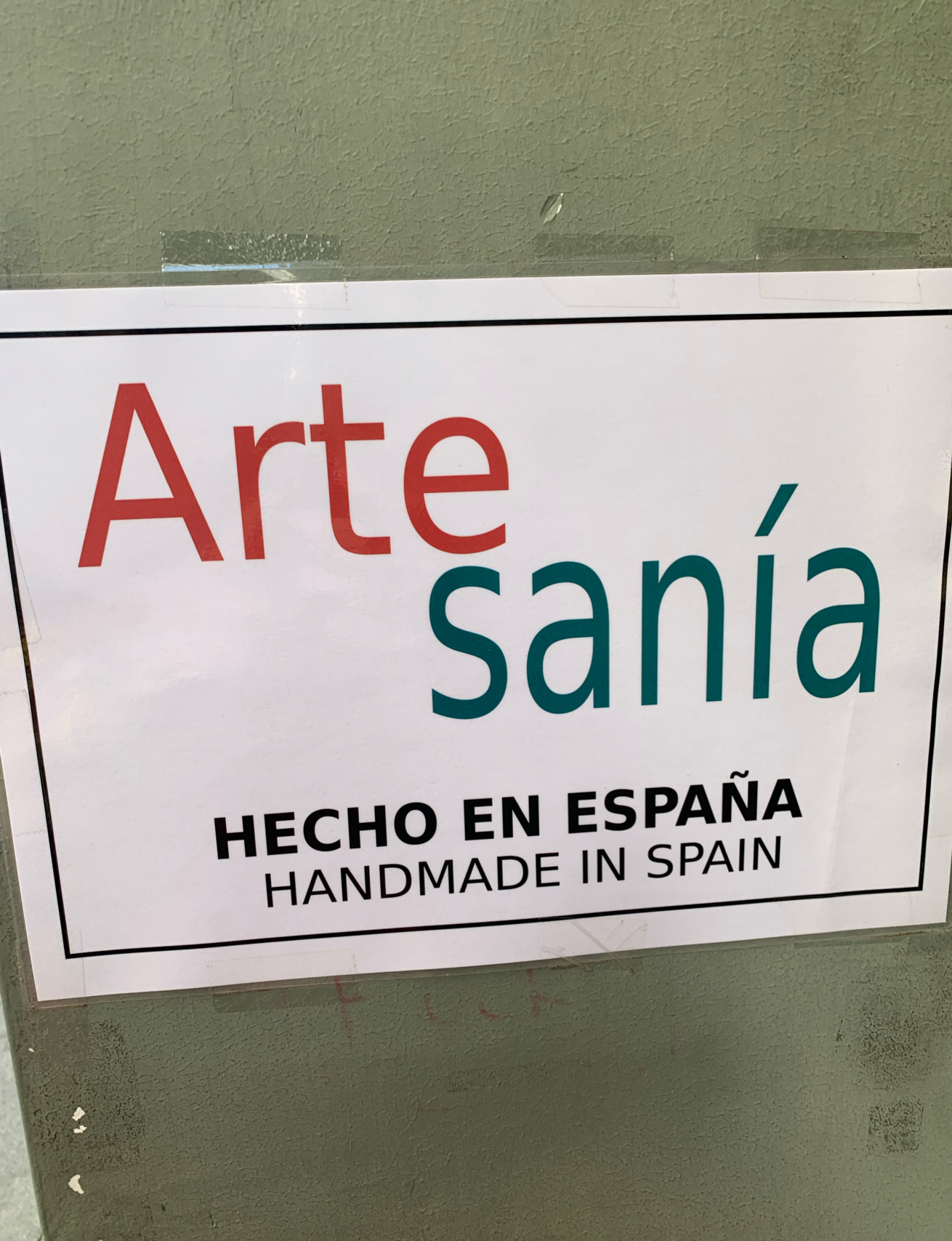
|
135873
|
Laura_Pizarro_Jacinto
|
Spain
Cáceres
|
|
|
—
|
PALRA
|
|
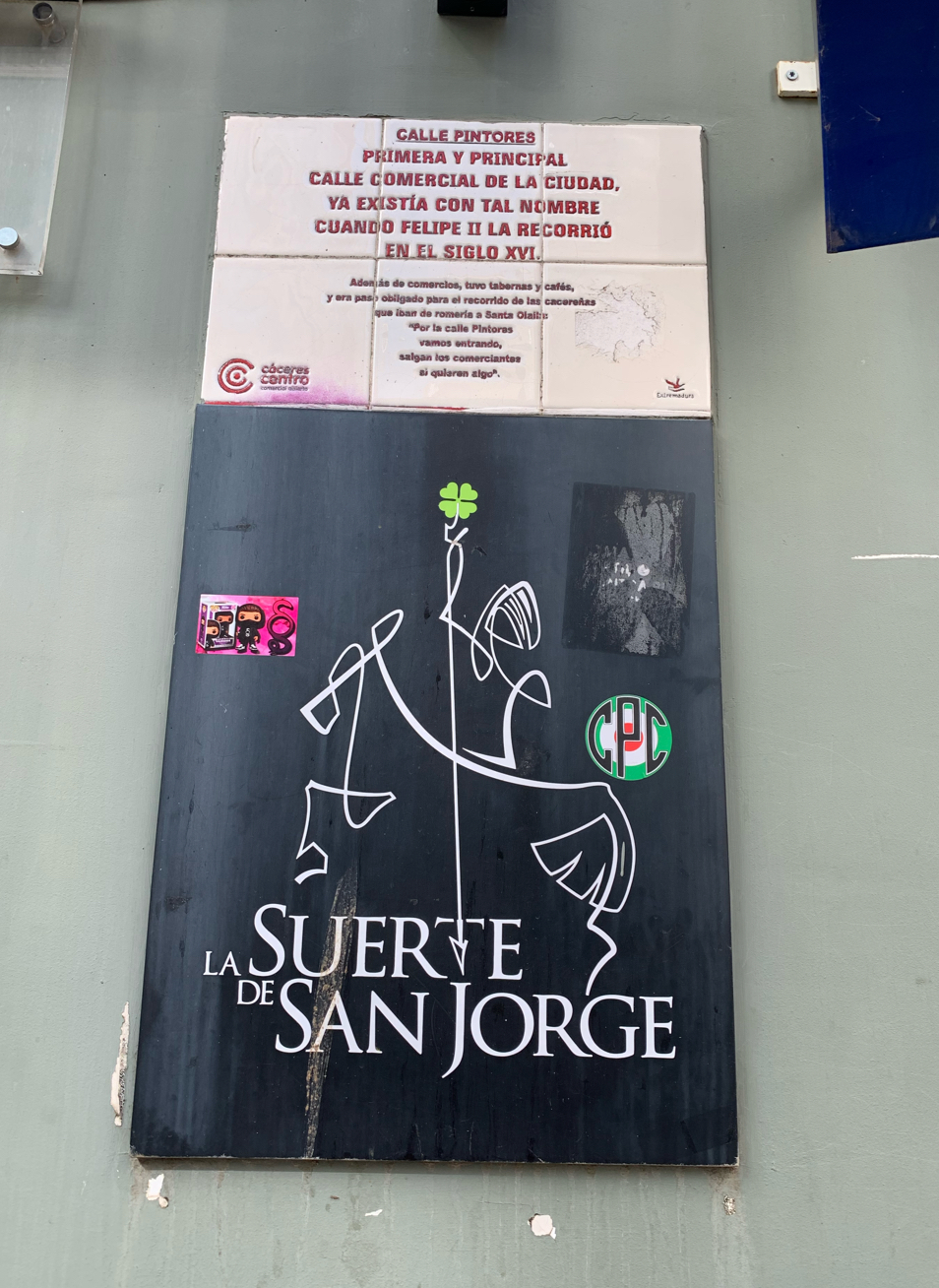
|
135874
|
Laura_Pizarro_Jacinto
|
Spain
Cáceres
|
|
|
—
|
PALRA
|
|
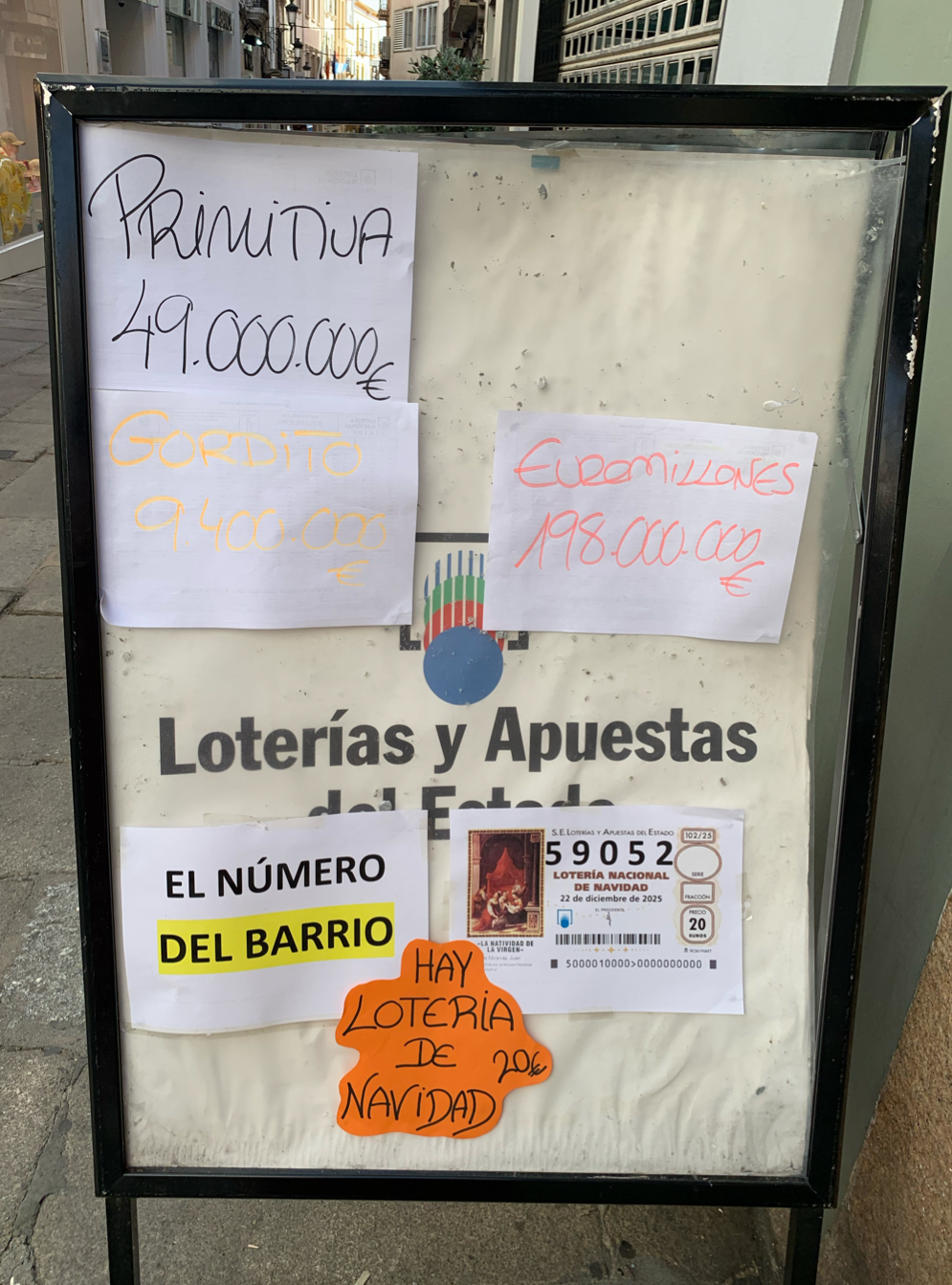
|
135875
|
Laura_Pizarro_Jacinto
|
Spain
Cáceres
|
|
|
—
|
PALRA
|
|
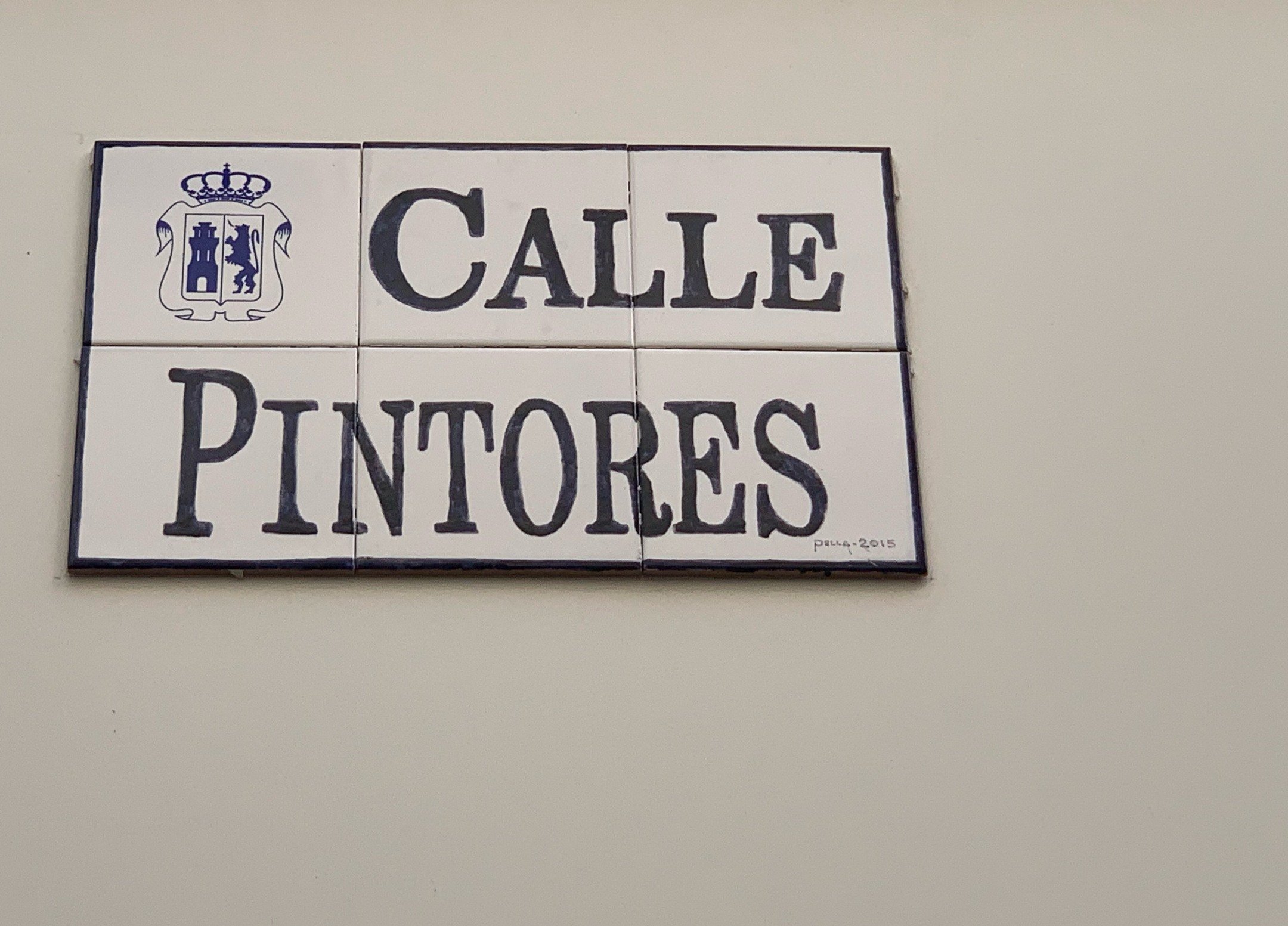
|
135876
|
Laura_Pizarro_Jacinto
|
Spain
Cáceres
|
|
|
—
|
PALRA
|
|
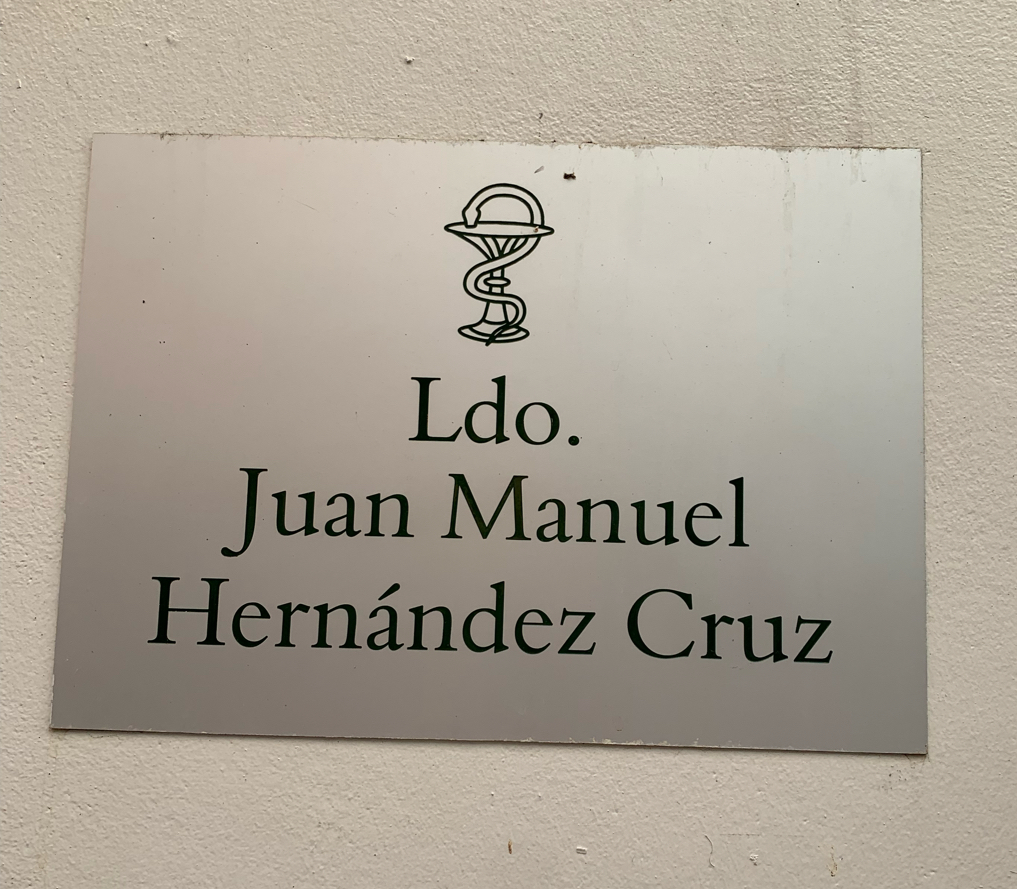
|
135877
|
Laura_Pizarro_Jacinto
|
Spain
Cáceres
|
|
|
—
|
PALRA
|
|
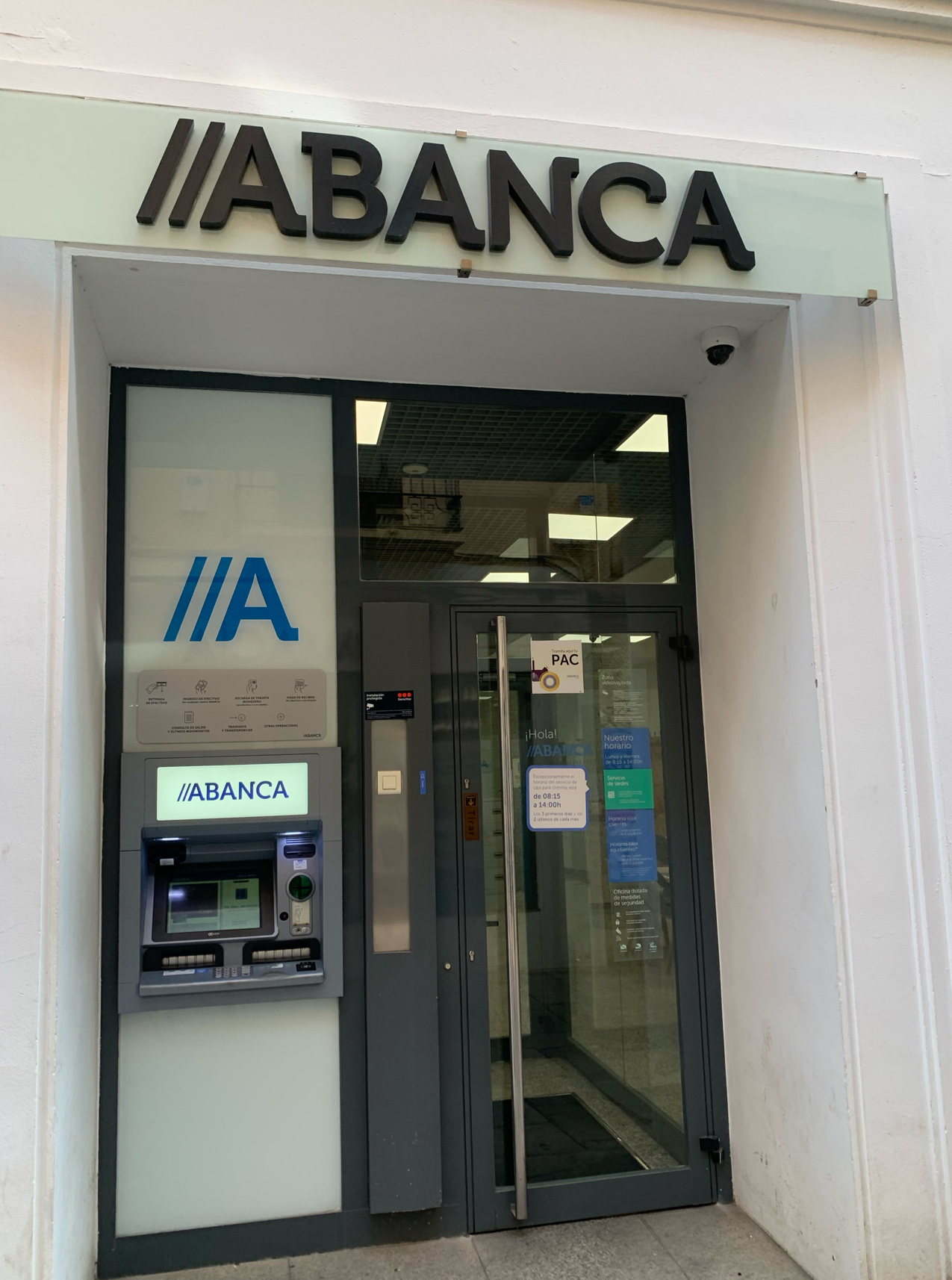
|
135878
|
Laura_Pizarro_Jacinto
|
Spain
Cáceres
|
|
|
—
|
PALRA
|
|
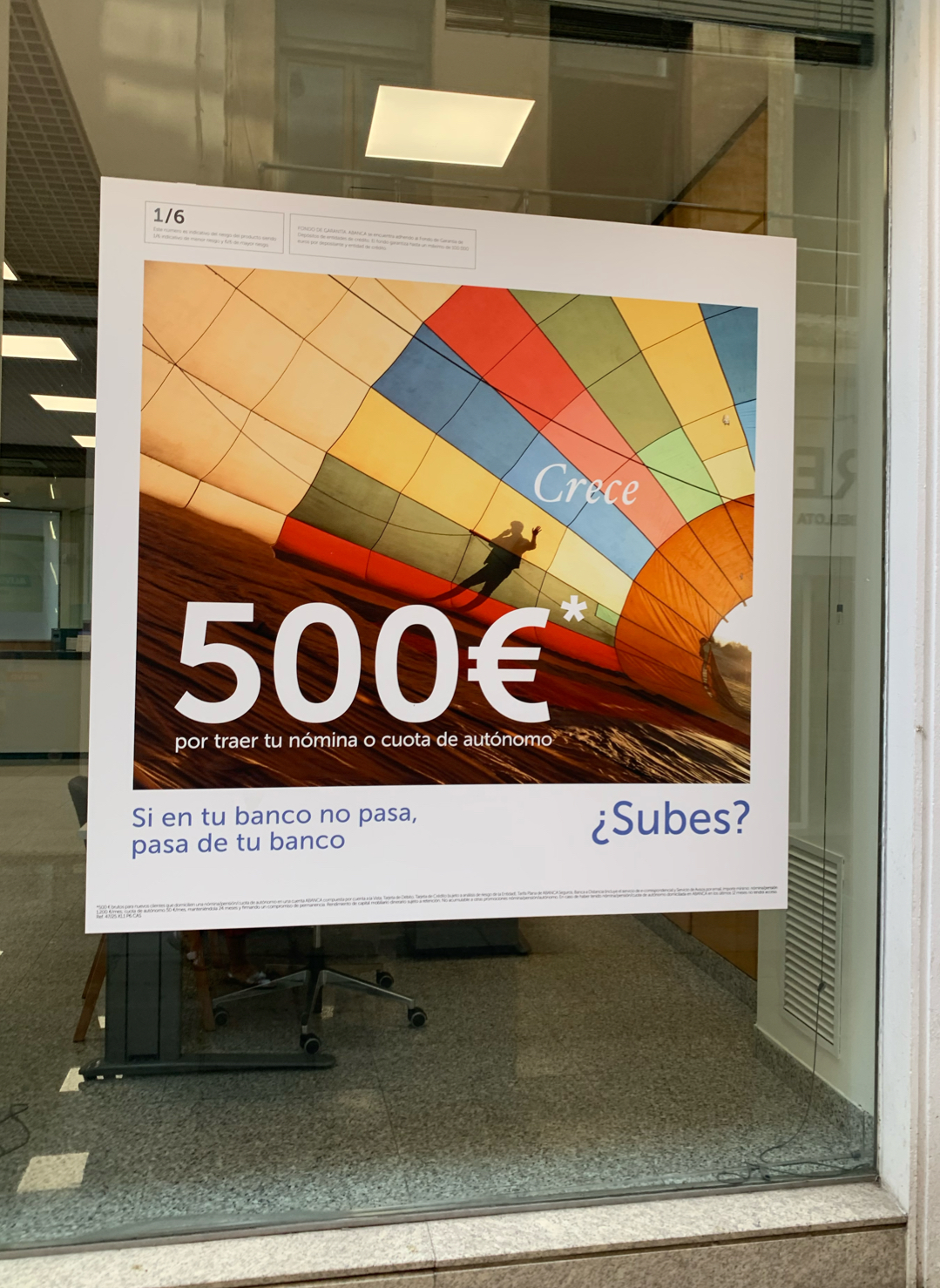
|
135879
|
Laura_Pizarro_Jacinto
|
Spain
Cáceres
|
|
|
—
|
PALRA
|
|
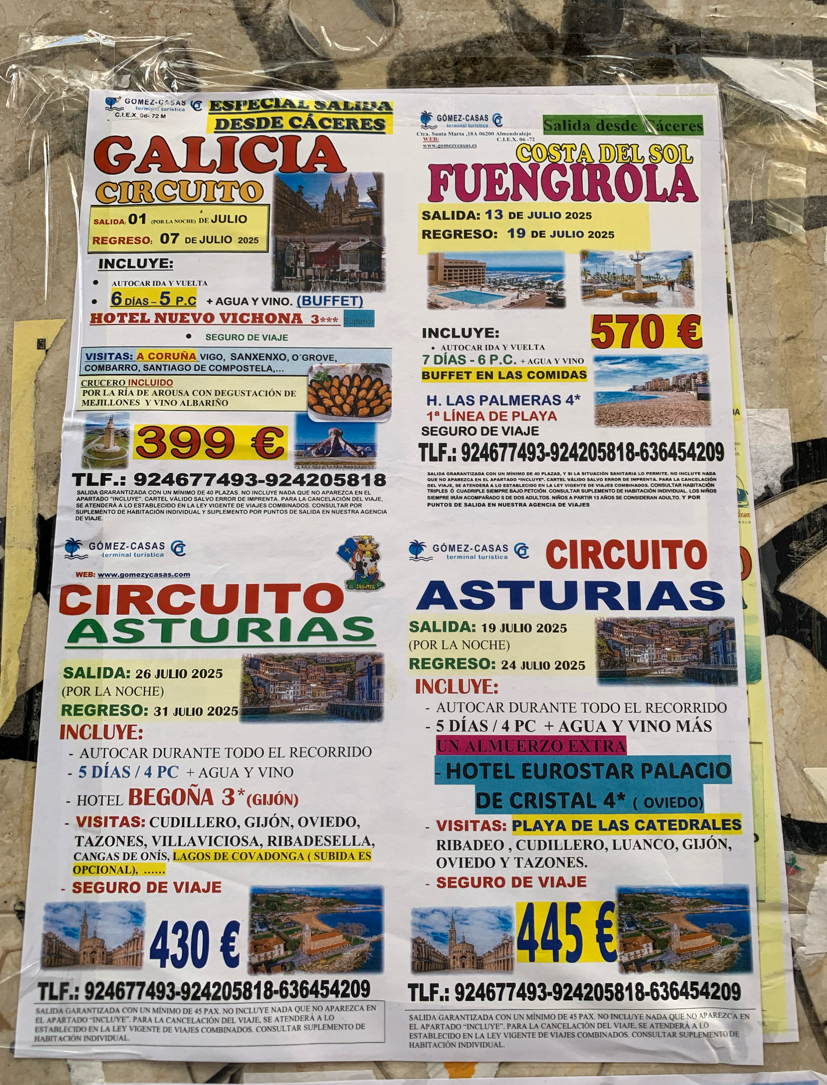
|
135880
|
Laura_Pizarro_Jacinto
|
Spain
Cáceres
|
|
|
—
|
PALRA
|
|
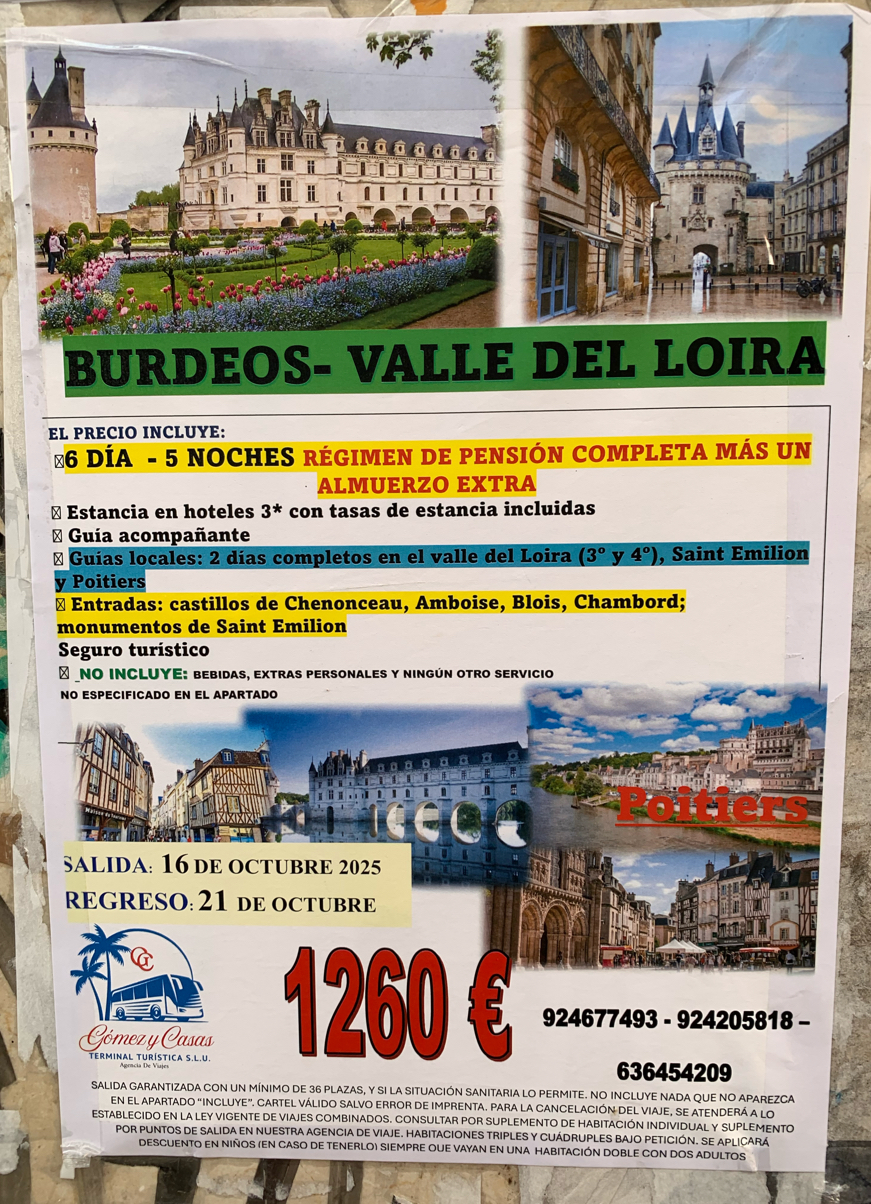
|
135881
|
Laura_Pizarro_Jacinto
|
Spain
Cáceres
|
|
|
—
|
PALRA
|
|
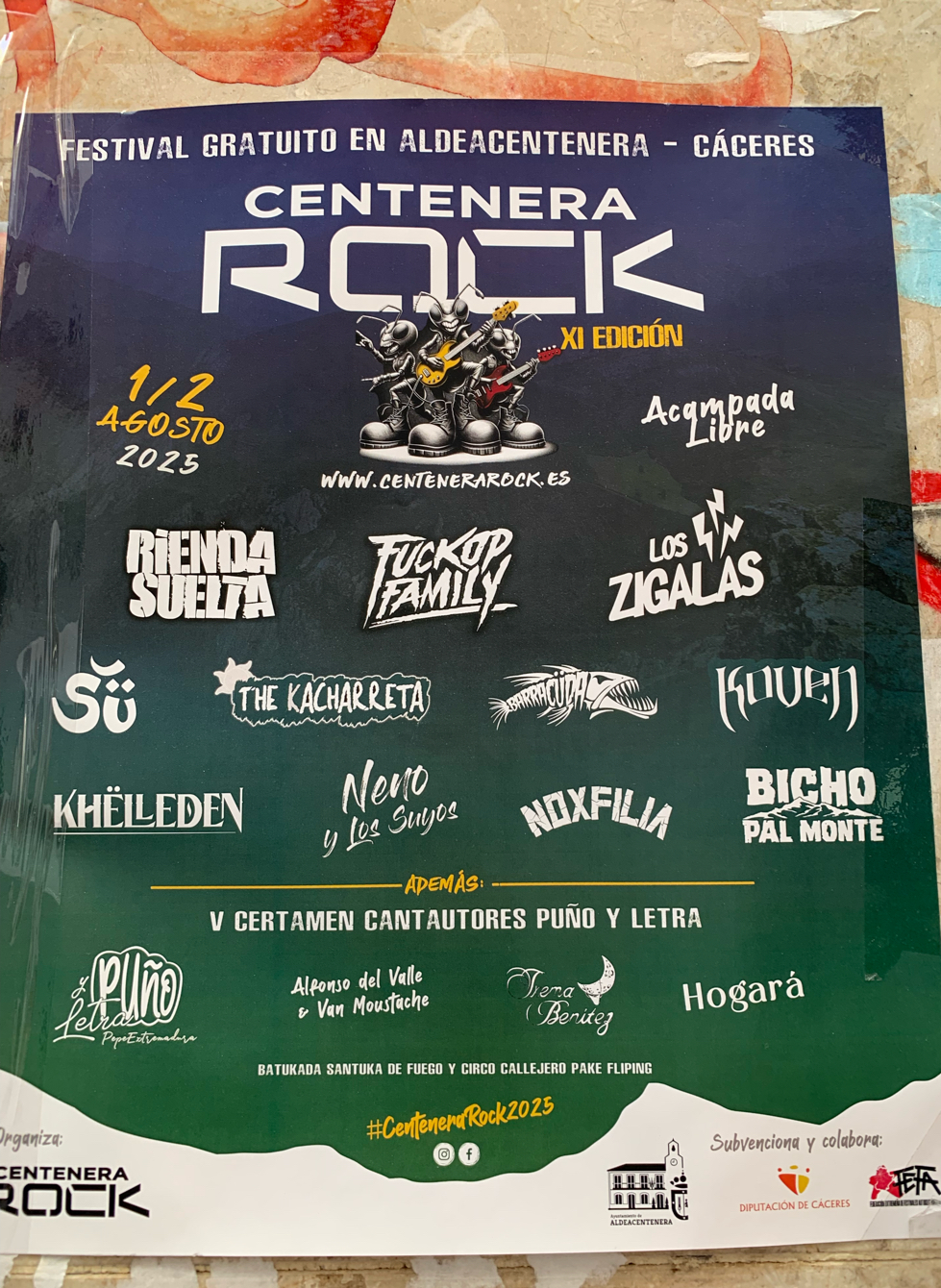
|
135882
|
Laura_Pizarro_Jacinto
|
Spain
Cáceres
|
|
|
—
|
PALRA
|
|
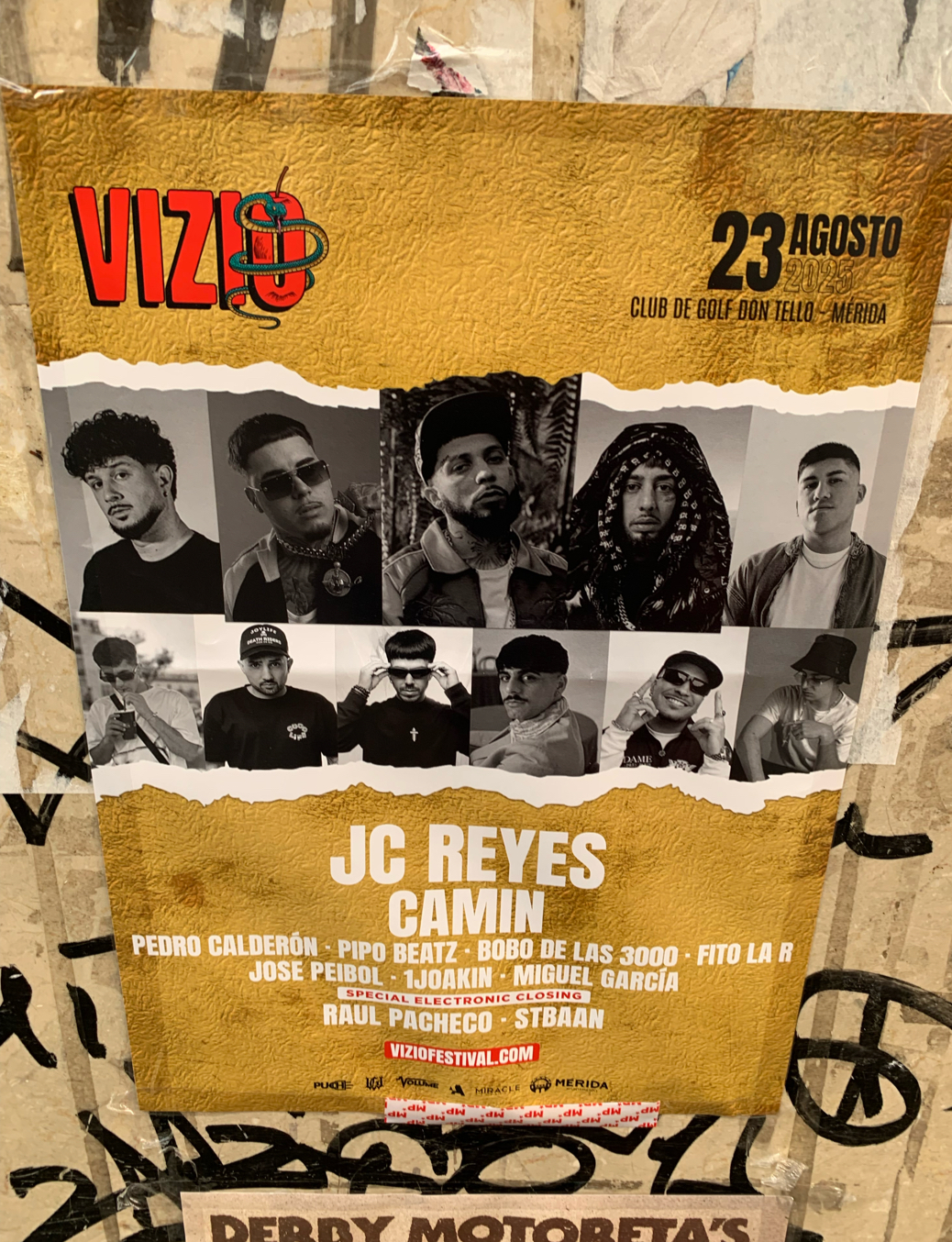
|
135883
|
Laura_Pizarro_Jacinto
|
Spain
Cáceres
|
|
|
—
|
PALRA
|
|
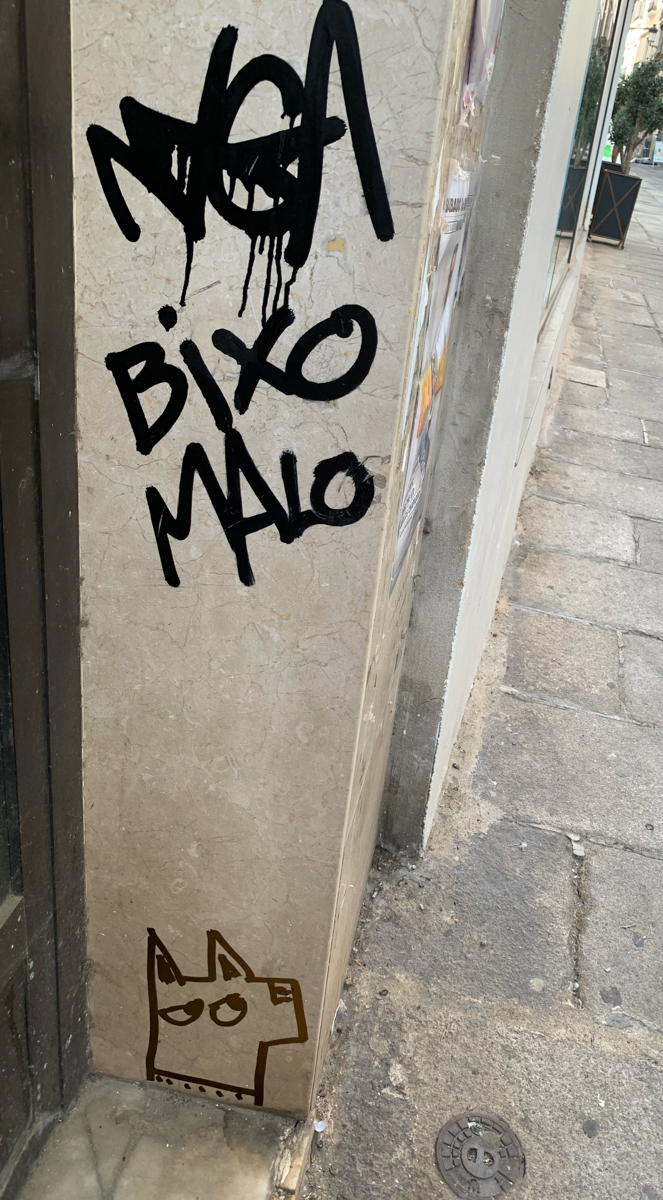
|
135884
|
Laura_Pizarro_Jacinto
|
Spain
Cáceres
|
|
|
Language
Bixo Malo: Non-standard spelling: bixo instead of standard Spanish bicho (insect/creature). Malo = bad.
Above it: an unreadable tag (signature-style, stylized letters).
Below: a simple drawing of a cartoon-like dog/wolf head.
The choice of x instead of ch is significant: Can mark informality, youth slang, or visual preference. "bixo" with “x” challenges standard spelling, signaling subcultural positioning. It works as a marker of non-standard, local voice.
“Bicho malo nunca muere”
(literally: a bad bug never dies).
|
PALRA
|
|
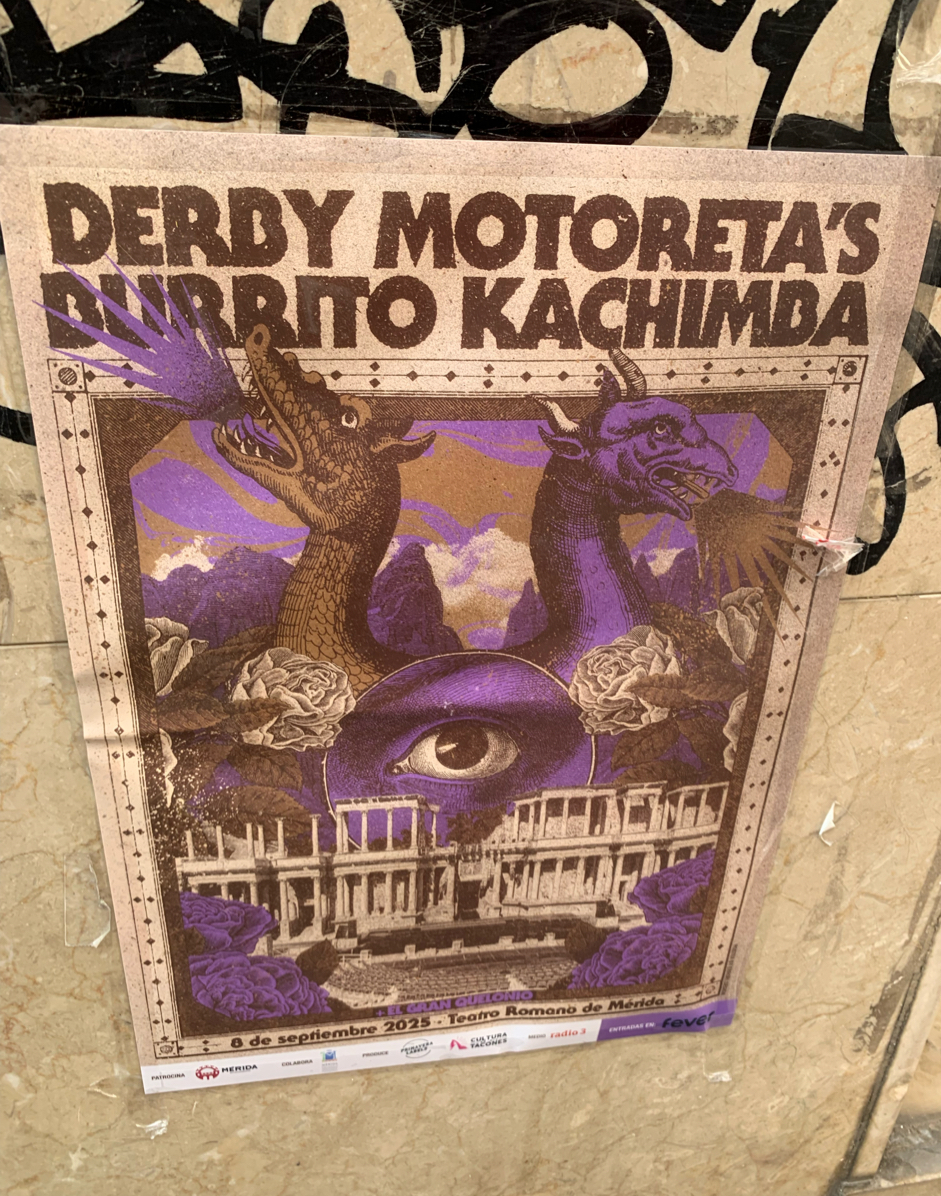
|
135885
|
Laura_Pizarro_Jacinto
|
Spain
Cáceres
|
|
|
Language:
English:
"Derby" (race, competition), Motoreta’s (possessive, Anglicized form).
Spanish:
"Burrito" (literally “little donkey,” but also slang for a rolled joint).
"8 de septiembre 2025, Teatro Romano de Mérida."
Slang / Hybrid:
"Kachimba" (Andalusian/colloquial spelling of cachimba, meaning hookah/shisha, or metaphorically party vibe).
It shows how youth culture in Spain often positions itself both globally and locally at once, using code-mixing as a marker of authenticity.
|
PALRA
|
|
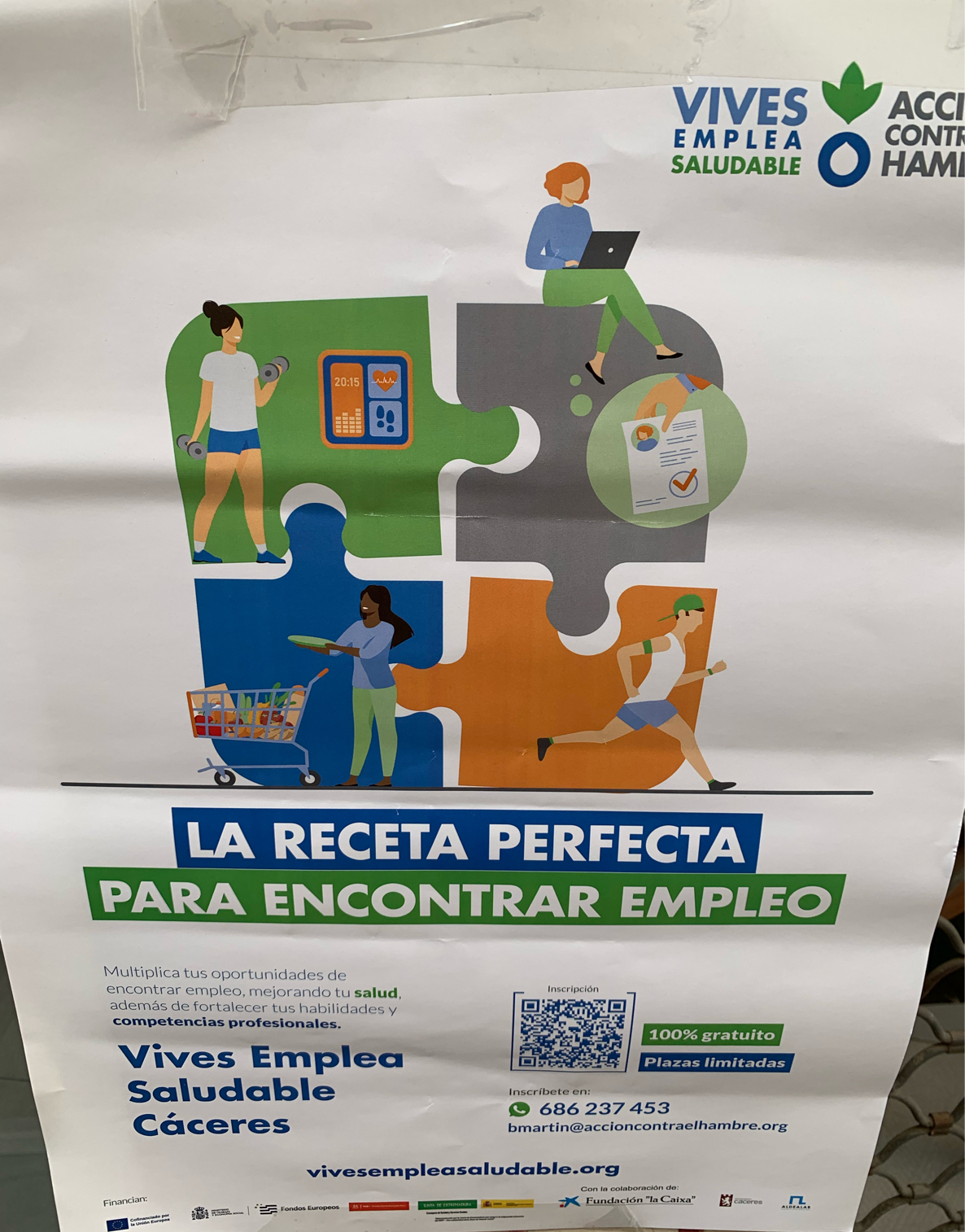
|
135886
|
Laura_Pizarro_Jacinto
|
Spain
Cáceres
|
|
|
—
|
PALRA
|
|
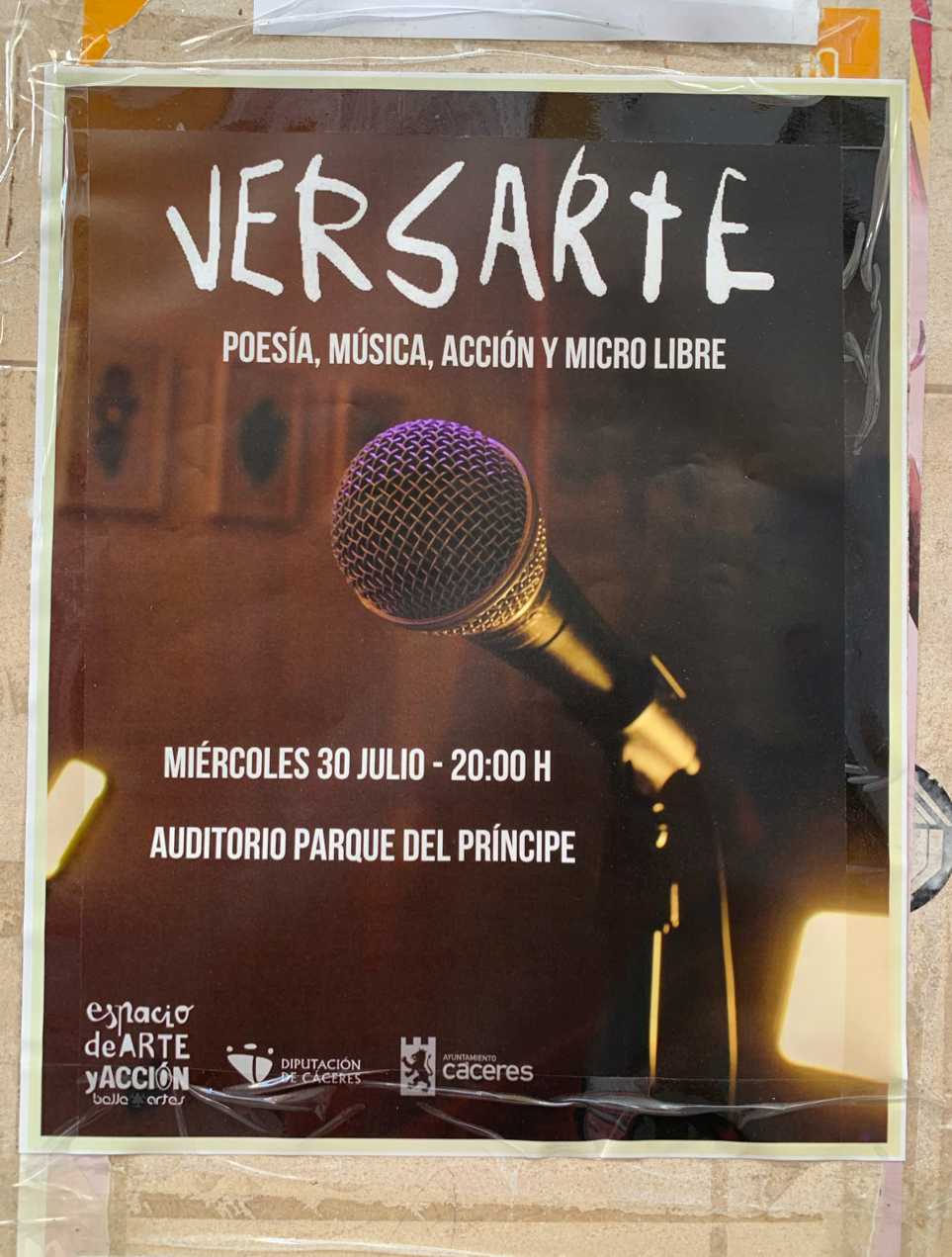
|
135887
|
Laura_Pizarro_Jacinto
|
Spain
Cáceres
|
|
|
Spanish :
“Versarte” (play on verso = verse + arte = art)
“Poesía, música, acción y micro libre”
“Miércoles 30 Julio – 20:00 H, Auditorio Parque del Príncipe”
Organizers: Espacio de Arte y Acción, Diputación de Cáceres, Ayuntamiento de Cáceres.
The title “Versarte” is a triple wordplay in Spanish:
verso + arte: "verse + art" : poetry as art.
versarte (verb form): could be read as “to turn you into verse.”
sounds like “besarte”: “to kiss you” : adds an emotional, romantic connotation, fitting with poetry and performance.
This shows how local linguistic creativity in the Cáceres landscape differs from the English borrowing trend in concerts, cafés, and graffiti. Instead of importing global words, this poster plays within Spanish morphology and phonetics to make it memorable.
|
PALRA
|
|
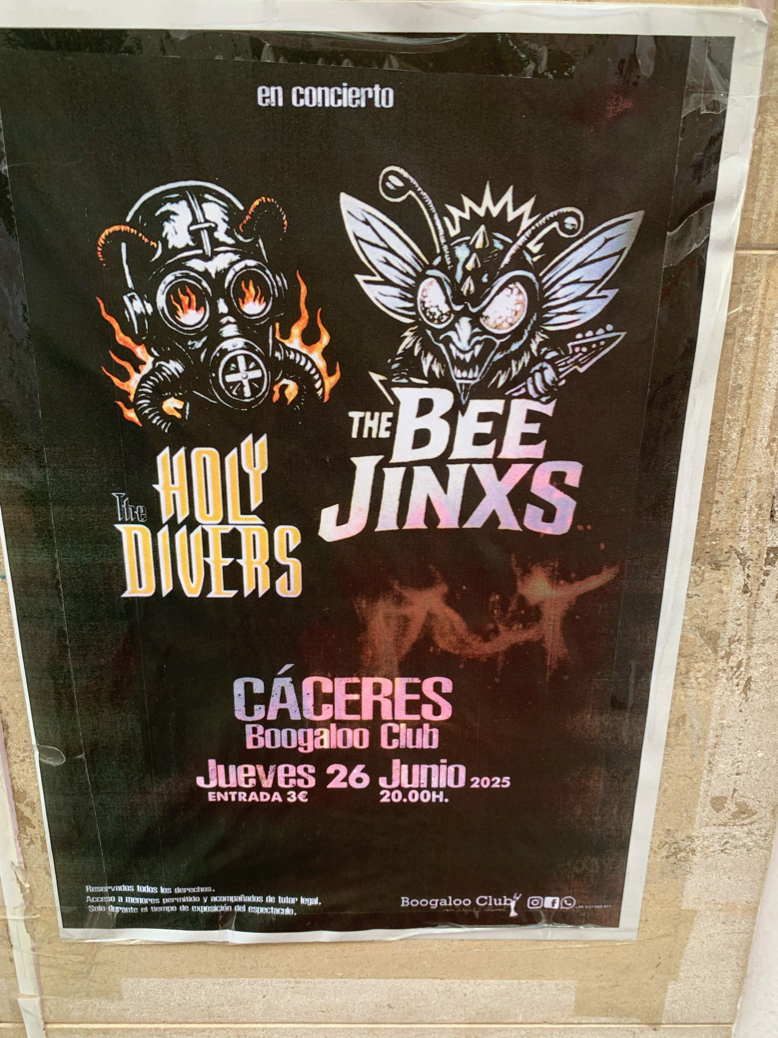
|
135888
|
Laura_Pizarro_Jacinto
|
Spain
Cáceres
|
|
|
Language:
English:
Band names: The Holy Divers, The Bee Jinx. English chosen for global appeal and subcultural identity (rock/metal).
Spanish:
en concierto (in concert)
Cáceres, Jueves 26 Junio 2025, Entrada 3€, 20.00h
Legal disclaimer at the bottom (access, minors, rights reserved).
|
PALRA
|
|
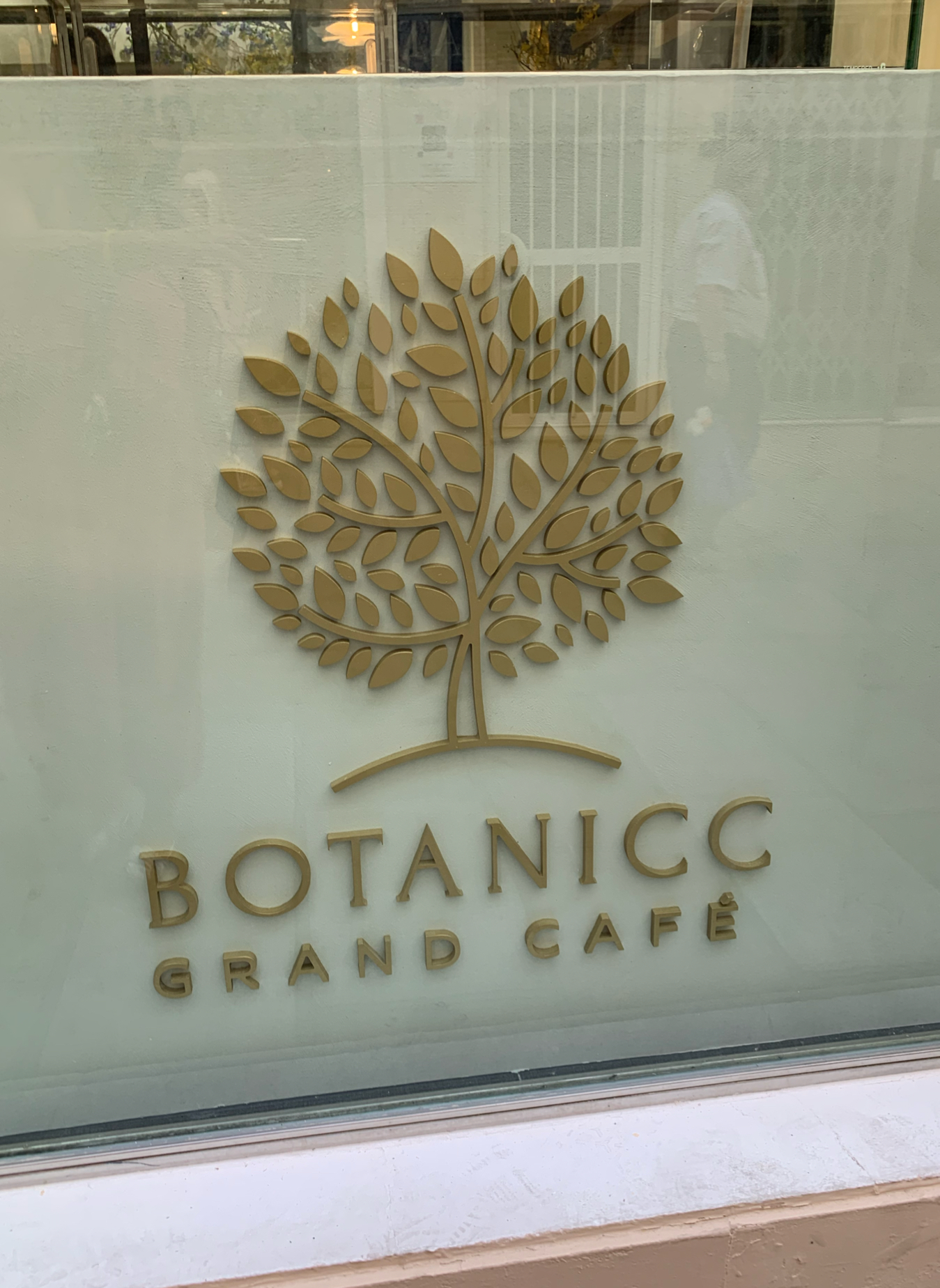
|
135889
|
Laura_Pizarro_Jacinto
|
Spain
Cáceres
|
|
|
Text & Language
BOTANICC: looks like English, based on botanic, but with an extra “C.” Possibly a branding choice to appear unique or upscale.
GRAND CAFÉ:
Grand is an English word, but also exists in French (meaning great/large).
Café is French, widely borrowed into English, Spanish, and other languages. In Spanish, café is the everyday word for “coffee” and “coffeehouse.”
Overall: a hybrid international style using English and French borrowings, but recognizable across many languages. Here, the language functions less as communication and more as branding and symbolic capital: it suggests sophistication and global modernity. The choice of English and French borrowings demonstrates how the tourism and hospitality sector in Cáceres taps into international prestige languages, rather than the national language.
|
PALRA
|
|
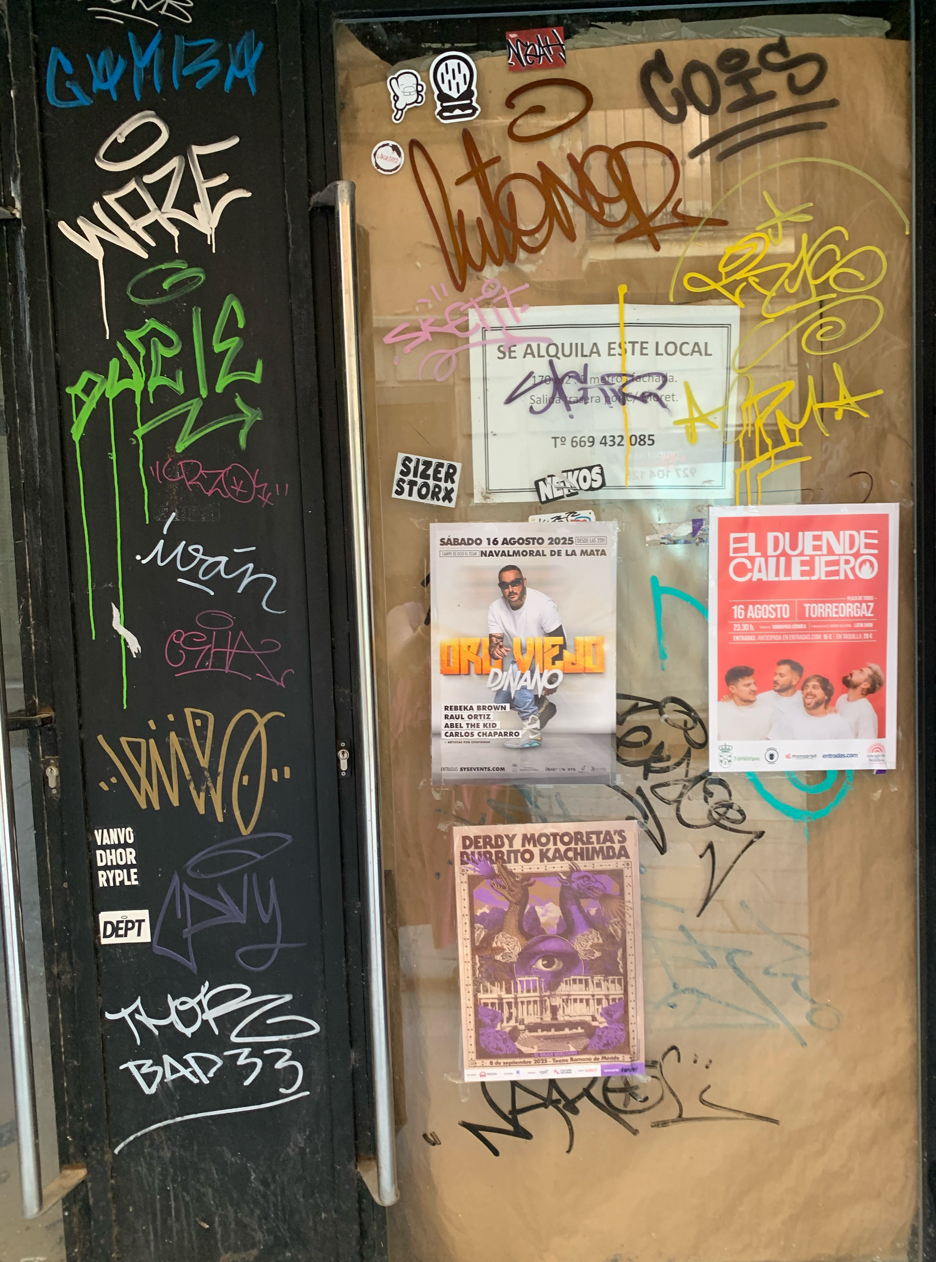
|
135890
|
Laura_Pizarro_Jacinto
|
Spain
Cáceres
|
|
|
Languages present:
Spanish (dominant)
“SE ALQUILA ESTE LOCAL” (This premises for rent) : functional, commercial use.
Concert posters: “El Duende Callejero”, “Sábado 16 Agosto”, “Navalmoral de la Mata” (place name).
English
Stickers: “DEPT” : short for department, common in streetwear branding.
Poster: “Derby Motoreta’s Burrito Kachimba” (band name mixing English + Spanish slang).
Tags often resemble English word-forms, even if unreadable.
Hybrid
Band names, graffiti tags, and branding often blur English/Spanish boundaries (e.g., "Sizer StorK" sticker).
This doorway becomes a multilingual, multi-actor palimpsest:
Top-down Spanish (functional: “Se alquila”)
Spanish + English mix (youth culture, concerts, band names)
Graffiti tags in English-style script (symbolic subcultural identity)
It reflects how urban space is negotiated: official notices get “colonized” by countercultural graffiti, while music/culture posters mediate between both. The symbolic capital of English shows in music and subcultural identity, but Spanish remains the communicative backbone.
|
PALRA
|
|
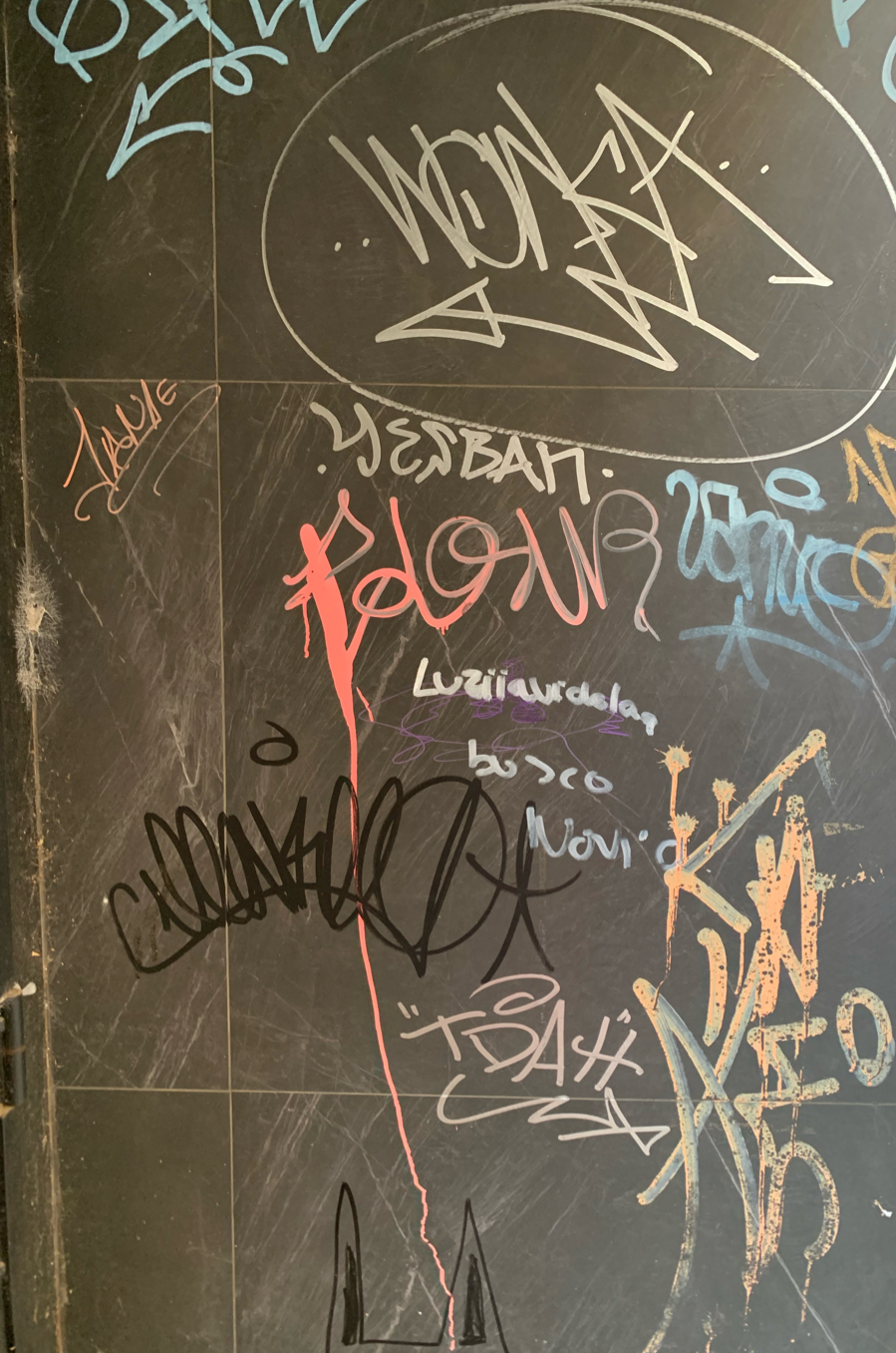
|
135891
|
Laura_Pizarro_Jacinto
|
Spain
Cáceres
|
|
|
graffiti and tagging (grassroots, informal).
Languages present:
Spanish
“busco novi@” : means “looking for a boyfriend/girlfriend”.
“Luzia Urdalaz” (likely a personal name, stylized).
English influence (in style, not full words): some tags use letterforms typical of English hip-hop/graffiti culture (blocky, stylized, unreadable signatures).
Symbolic scripts : most are tags (nicknames/signatures), functioning as identity markers rather than meaningful language.
Identity & subculture : Tags (e.g. "YESBAN", "WONE", "TSAH") are graffiti names/pseudonyms. They mark territory, presence, or identity in urban space. The language isn’t about communication but visibility, rebellion, and belonging to urban/street culture.
Multimodal writing : use of color (red, blue, silver, black), overlapping tags, stylized letterforms.
Code-switching potential : Spanish for direct communication, English-style forms for global graffiti identity.
Individual vs collective : unlike posters (public, institutional), graffiti is personal/anonymous expression.
Orthographic creativity : “novi@” uses @ as a gender-neutral ending, which shows digital language influence in graffiti.
Graffiti here contributes as bottom-up language use (vs. top-down advertising and cultural posters). It shows how youth identity, urban art, and language intersect. The mixture of Spanish (for communication) + English-inspired graffiti style (for prestige/subcultural belonging) reflects global-local interplay.
|
PALRA
|
|
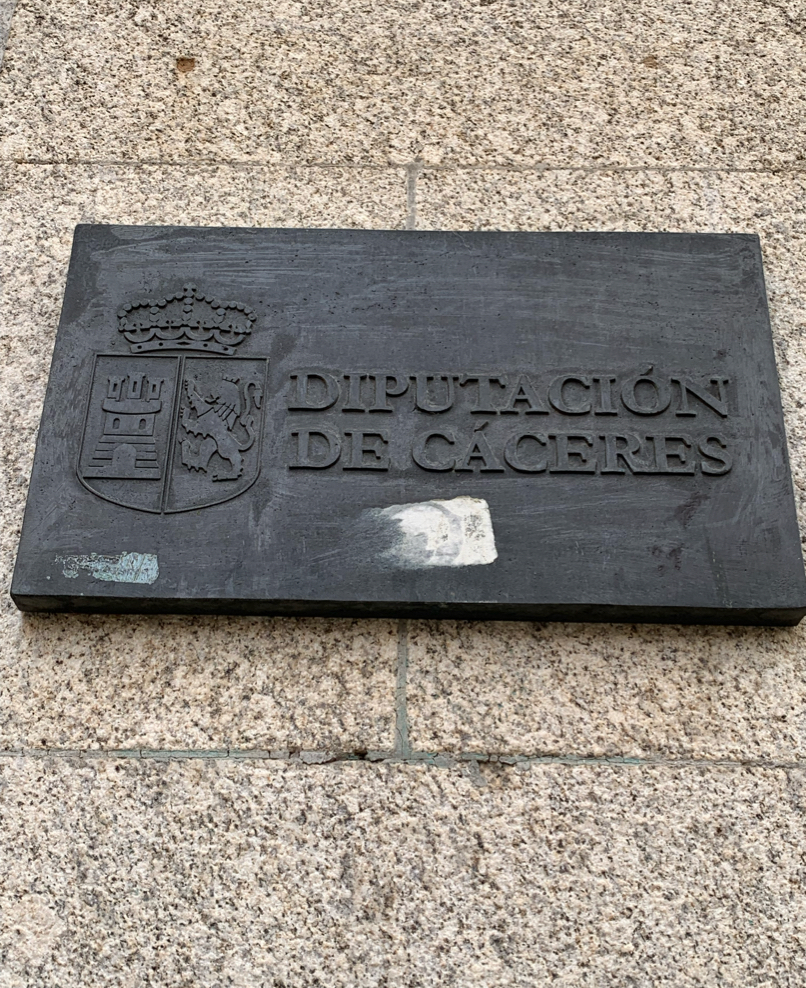
|
135892
|
Laura_Pizarro_Jacinto
|
Spain
Cáceres
|
|
|
—
|
PALRA
|
|